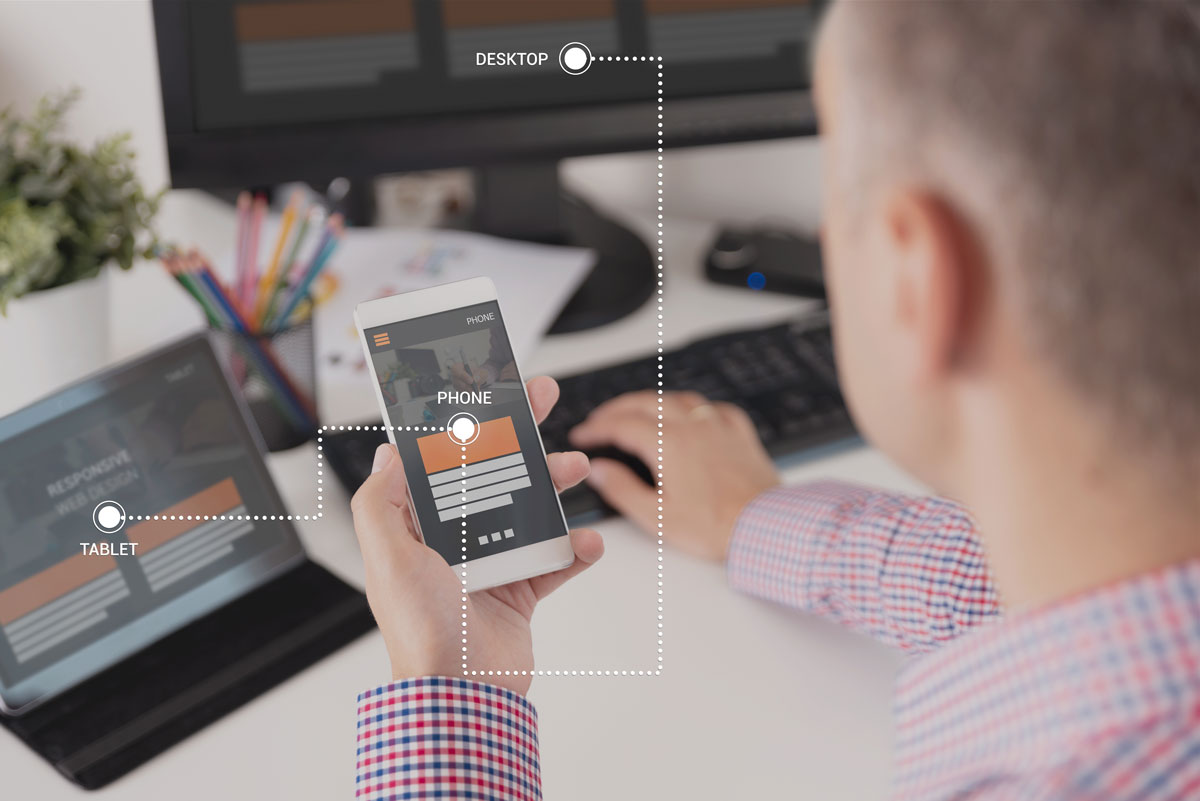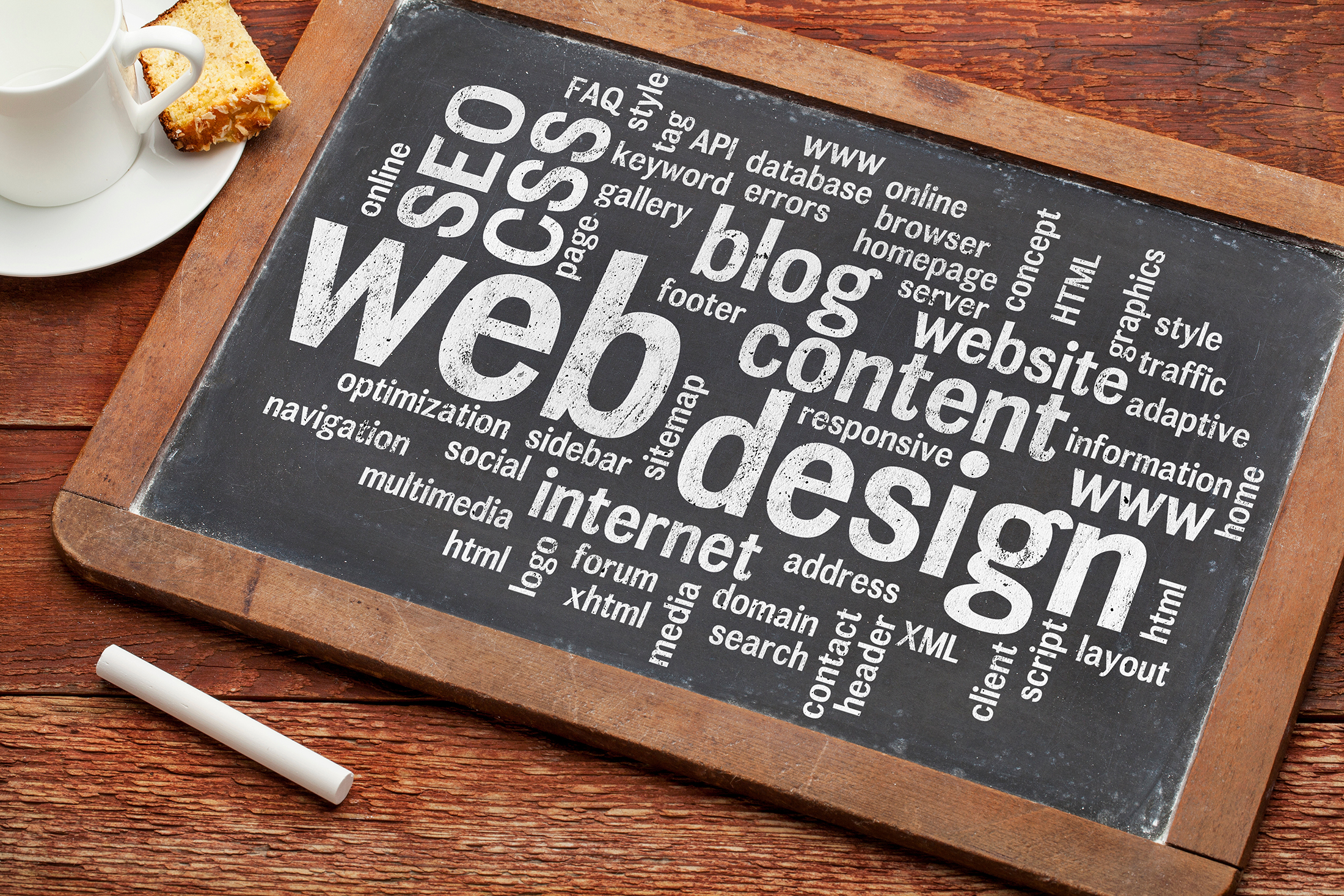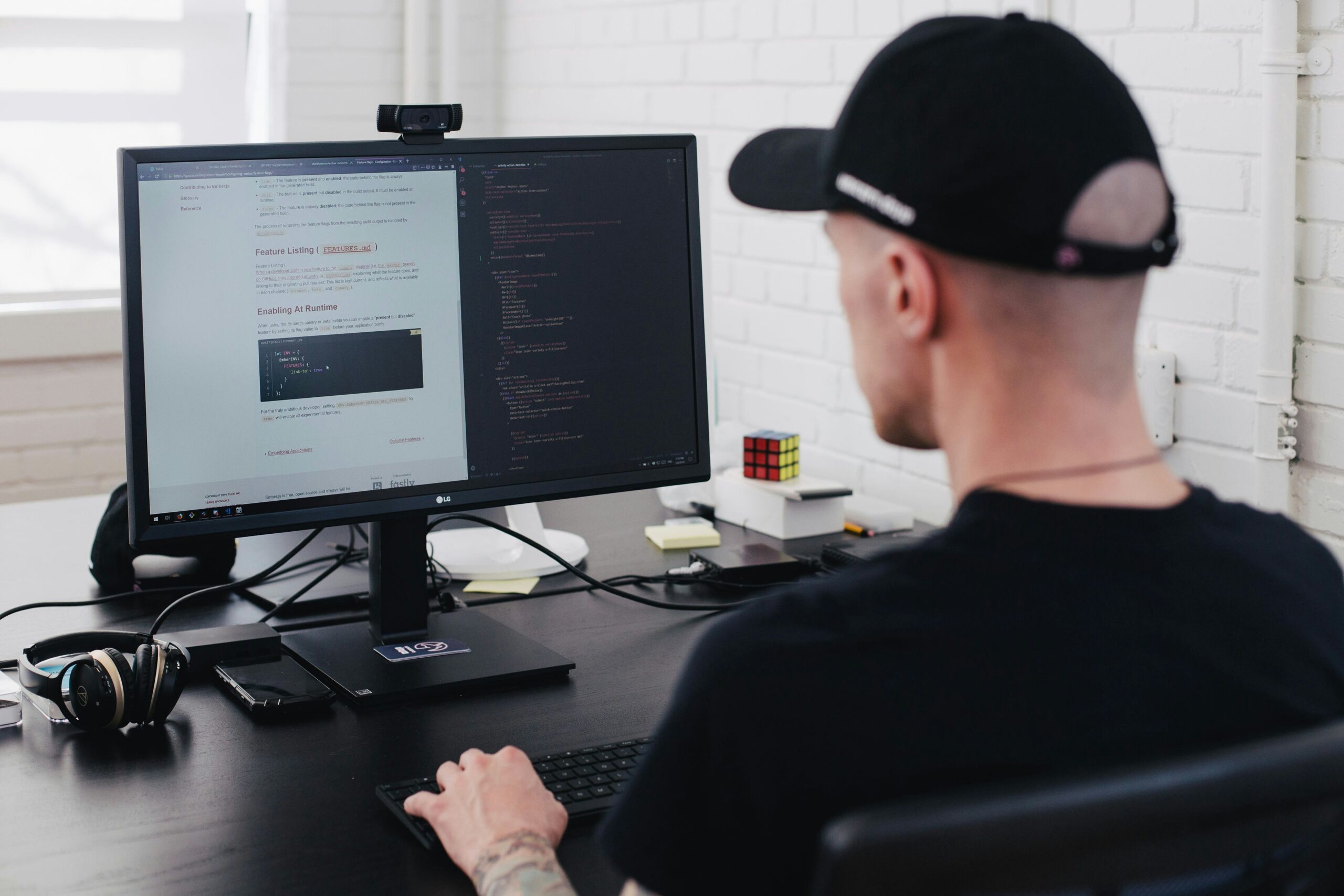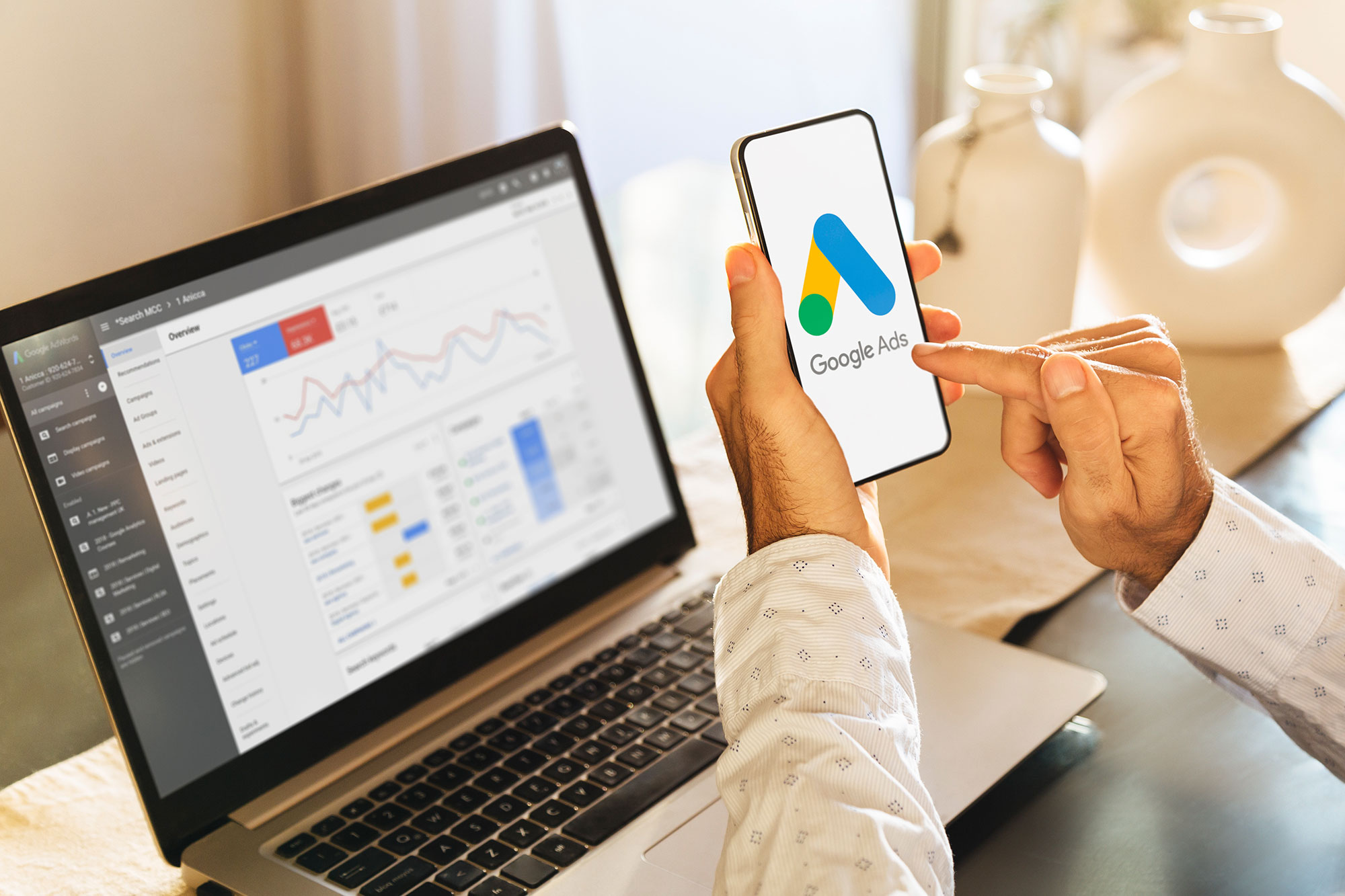If you’re thinking about hiring someone to build or redesign your website, you’re probably excited — and maybe a little overwhelmed. The internet is full of options: freelancers, agencies, DIY builders, and even AI tools. But here’s the truth: your website isn’t just a digital business card. It’s your sales rep, your storefront, and often your first impression. Choosing the right person or team to design it is one of the most important business decisions you’ll make.
As a professional web designer at Imagine Web Services, I’ve been on both sides of the conversation. I’ve answered client questions, but I’ve also noticed that many business owners don’t know what to ask when meeting with designers. The right questions can save you time, money, and a lot of headaches.
In this guide, I’ll walk you through the most important questions to ask before hiring a web designer — and explain, from my perspective, why those questions matter.
Why Asking the Right Questions Matters
You wouldn’t hire a contractor without asking how long the project will take, what materials they use, or whether they’ll handle permits. A web designer is no different.
Asking questions helps you:
- Clarify expectations so you know what’s included (and what isn’t).
- Understand the process so you’re not left wondering what happens next.
- Protect your investment by making sure you’ll actually own your site and content.
- Avoid miscommunication that leads to delays or unexpected costs.
- Choose the right fit — not every designer works the same way.
1. How Much Will My Website Cost?
This is almost always the first question, and for good reason. Business owners want to know if a designer fits their budget.
From a designer’s perspective, though, this question is tricky. The cost depends on:
- Scope of the site: Is it a simple brochure website or an ecommerce store?
- Customization: Do you want a fully custom design, or are templates acceptable?
- Features: Booking systems, payment gateways, memberships, or blogs add complexity.
- Content: Will you provide text and images, or will the designer create them?
A better way to ask this question is:
👉 “What’s included in your pricing, and what factors could make the price go up?”
This way, you’ll get a clearer answer than just a number. At Imagine Web Services, for example, we provide transparent pricing upfront and outline exactly what’s included in every package.

2. What’s Your Process?
A professional designer should have a clear, repeatable process. If they can’t explain it, that’s a red flag.
Typically, a design process might look like this:
- Discovery — Understanding your business, goals, and audience.
- Planning — Site structure, wireframes, and content strategy.
- Design — Visual mockups and branding alignment.
- Development — Turning designs into a functional website.
- Testing — Mobile responsiveness, browser compatibility, and speed.
- Launch — Publishing the site to your domain.
- Post-launch support — Fixes, updates, or training.
👉 Ask: “Can you walk me through your process step by step?”
From my side, I love when clients ask this, because it shows they’re invested in understanding how we’ll work together.
3. How Long Will It Take?
Every project has a timeline, and it’s important to set expectations early.
For example:
- A basic 5-page site might take 2-3 weeks.
- A custom ecommerce store could take 2–3 months.
Factors that affect timing include:
- Client responsiveness (delays often happen when content or feedback is slow).
- Scope changes (adding features mid-project can extend deadlines).
- Complexity (custom coding or integrations require more time).
👉 Ask: “What’s the typical timeline for a site like mine, and what could delay the process?”
This makes the answer more useful than just “4 weeks.”
4. Do You Build on a CMS or From Scratch?
A CMS (content management system) like WordPress, Shopify, or Webflow allows you to edit your site without touching code. Some designers build on proprietary systems or custom code everything.
From a client’s perspective, you should ask:
👉 “What platform do you use, and will I be able to make updates myself?”
At Imagine Web Services, we typically recommend WordPress because it’s flexible and client-friendly, but we tailor the choice to the business. The key is making sure you won’t be locked out of your own website.
5. Will My Website Be Mobile-Friendly?
This should be non-negotiable. More than half of web traffic comes from mobile devices, and Google prioritizes mobile-friendly design.
👉 Ask: “How do you ensure the site works on all devices?”
From my side, the answer should include testing across different screen sizes and browsers, not just resizing a desktop design. That being said clients must also understand that platforms like Wix and Squarespace do not always allow for perfection when it comes to mobile responsiveness.
6. Will My Website Be SEO-Friendly
Even the most beautiful website won’t help if nobody finds it. While designers aren’t always SEO specialists, they should build with best practices in mind.
At minimum, this includes:
- Clean code and fast loading speed
- Mobile optimization
- Meta titles and descriptions
- Proper heading structure (H1, H2, etc.)
- Alt text for images
👉 Ask: “What SEO elements do you include by default, and do you offer ongoing SEO services?”
This way, you’ll know whether you’ll need a separate SEO partner after launch.

7. Who Provides the Content?
A common misunderstanding is whether the designer or the client supplies content.
👉 Ask: “Do you provide copywriting and images or is that my responsibility?”
From my side, I always clarify this upfront. Some clients want to write their own content; others prefer us to handle it. Either way, it’s important to know early.
8. Will I Own My Website?
Ownership can be murky if it’s not clarified. Some agencies keep control of the domain, hosting, or even the design files.
👉 Ask: “Do I fully own my website, domain, and content after launch?”
At Imagine Web Services, the answer is yes — you should always own your digital property. Otherwise, you could find yourself “trapped” if you ever want to switch providers.
Speaking of switching providers – platforms like Shopify, Wix, Squarespace and others do not allow you to simply change hosts. They are what’s called “hosted platforms”. If you wish to switch to another platform you will need to rebuild your site.
9. What Happens After Launch?
A good designer doesn’t disappear once the site is live. Websites need updates, backups, and occasional fixes.
👉 Ask: “Do you offer ongoing support, and what does it include?”
This could range from monthly maintenance packages to hourly support. From a designer’s perspective, having this conversation early prevents surprises later. At Imagine Web Services, we provide 2-4 weeks follow-up support at no charge and then you may choose an ongoing maintenance package if you like.
10. Can I See Your Portfolio and References?
Every designer should be able to show real-world examples of their work. A strong portfolio demonstrates style and versatility.
👉 Ask: “Can you share examples of sites you’ve designed, and can I contact a past client for feedback?”
Looking at a designer’s past work is one of the best ways to understand their style, strengths, and versatility. References from past clients can give you a clearer picture of what it’s like to work with them.
11. Do You Offer Training?
After price, this is the question I am asked most often. If you want to manage your own site, knowing how do things is key.

Some designers include tutorials or video walkthroughs; others don’t. At Imagine Web Services, we believe empowering clients is part of good service and provide a video walk-through of your site showing you the most useful features.
It’s worth knowing; however, that you won’t walk away a fully trained web professional. Becoming fluent in web design takes years of experience. What a good designer should provide is a solid foundation: the basics of updating text, adding images, posting blogs, or making small changes. That way, you can confidently handle everyday updates while leaving the more complex tasks to a professional when needed.

Hiring a web designer isn’t just about price — it’s about partnership. The right designer will guide you through the process, explain things clearly, and make sure your site works for your business long after launch.
The questions you ask upfront can reveal whether someone is the right fit. So don’t be afraid to dig deep, clarify expectations, and choose a designer who listens as much as they speak.
Ultimately, the best working relationships come from transparency on both sides. Clear questions and honest answers create the foundation for a website that not only looks good, but also helps your business succeed.




